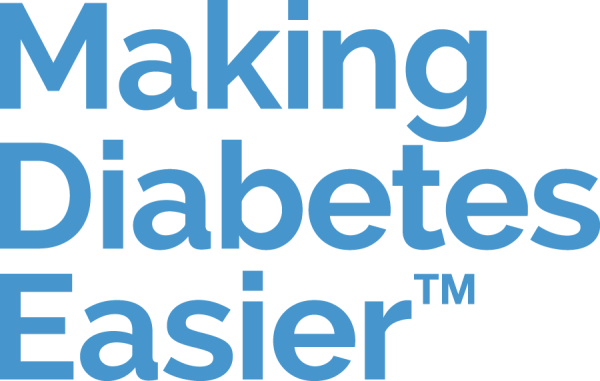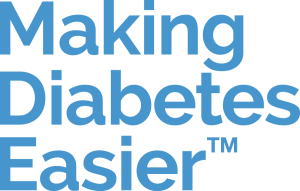How to read food labels to manage your diabetes?

Controlling your diabetes requires careful attention when reading food labels. Since nutritional labelling is not easy to decode at the best of times [1], how do you understand the information on packaging when you have diabetes?
Avoid misinterpretation by following these tips, which will guide you in choosing the food products most suited to your health goals.
Is nutrition labelling the same in all countries?
Nutrition labelling now has a standardised format adopted by international consensus. The Codex Alimentarius, drafted by the WHO (World Health Organization) and FAO (Food and Agriculture Organization of the United Nations), regulates the mandatory information displayed on food items.
Food packaging specifies:
- the list of ingredients, in decreasing order of weight proportion (highest to lowest)
- allergens
- additives [2]
The label of a food product must also state the following:
- the amount of energy per 100 g or ml contained in a recommended portion of the food, expressed in calories and kilojoules;
- the number of grams of protein, carbohydrate, and fat per 100 g or ml of the food or contained in a recommended portion [2].
Labelling can be readable but challenging to understand
Because a well-balanced diet is a vital part of the therapeutic strategy to maintain control of diabetes and directly contributes to the stability of blood glucose [3], it is important to go beyond the nutritional claims indicated on the packaging and take the time to understand food labels fully[1].
For example, it is necessary to understand the difference between simple and complex sugars [2,4,5], as their effect on how blood glucose levels increase is not the same:
- Simple, or “fast”, sugars have a high glycaemic index and will therefore be rapidly digested, causing hyperglycaemia [4,5].
- Complex, or “slow” sugars, with a lower glycaemic index, will cause smaller increases [1,4,5].
When you choose foods high in sugars, it is also better to combine them with foods with a higher fibre content, which can slow the absorption of these sugars and lower your blood glucose spike. Likewise, try to choose whole grain starchy foods as they are high in fibre, too [1,4,5].
Beware of hidden sugars and misleading information
Decoding food labels properly also means knowing how to spot sugars that we would not suspect are in the composition of certain dishes [1,3,6]. For example, some food products labeled as being “light” often contain more sugar than their equivalents even if their fat content is indeed lower [1,6].
Sugar content, when expressed as a percentage, can also be misleading as their values vary depending on whether they relate to total weight or total volume.
Some additional tips for good food shopping
When reading the label of a food product, pay special attention to its salt content. Taken in large quantities, salt causes hypertension and even kidney complications. Also, pay attention to the amounts and types of fat as they may eventually lead to cardiovascular problems [6].
People with type 2 diabetes should also keep track of overall calorie intake [3,4,6] because a high-calorie diet can lead to weight gain and worsen insulin resistance [3,4,5,6].
Sources
- Roberto CA, Khandpur N. Improving the design of nutrition labels to promote healthier food choices and reasonable portion sizes. Int J Obes (Lond). 2014 Jul;38 Suppl 1(Suppl 1):S25-33.
- FAO/WHO. Food Labelling (Codex Alimentarius) - Fifth Edition. 2007.
- Lambrinou E, Hansen TB, Beulens JW. Lifestyle factors, self-management and patient empowerment in diabetes care. Eur J Prev Cardiol. 2019 Dec;26(2_suppl):55-63.
- Gołąbek KD, Regulska-Ilow B. Dietary support in insulin resistance: An overview of current scientific reports. Adv Clin Exp Med. 2019 Nov;28(11):1577-1585.
- Lau C, Faerch K, Glümer C, Tetens I, Pedersen O, Carstensen B, Jørgensen T, Borch-Johnsen K; Inter99 study. Dietary glycemic index, glycemic load, fiber, simple sugars, and insulin resistance: the Inter99 study. Diabetes Care. 2005 Jun;28(6):1397-403
- Nguyen PK, Lin S, Heidenreich P. A systematic comparison of sugar content in low-fat vs regular versions of food. Nutr Diabetes. 2016 Jan 25;6(1):e193.


